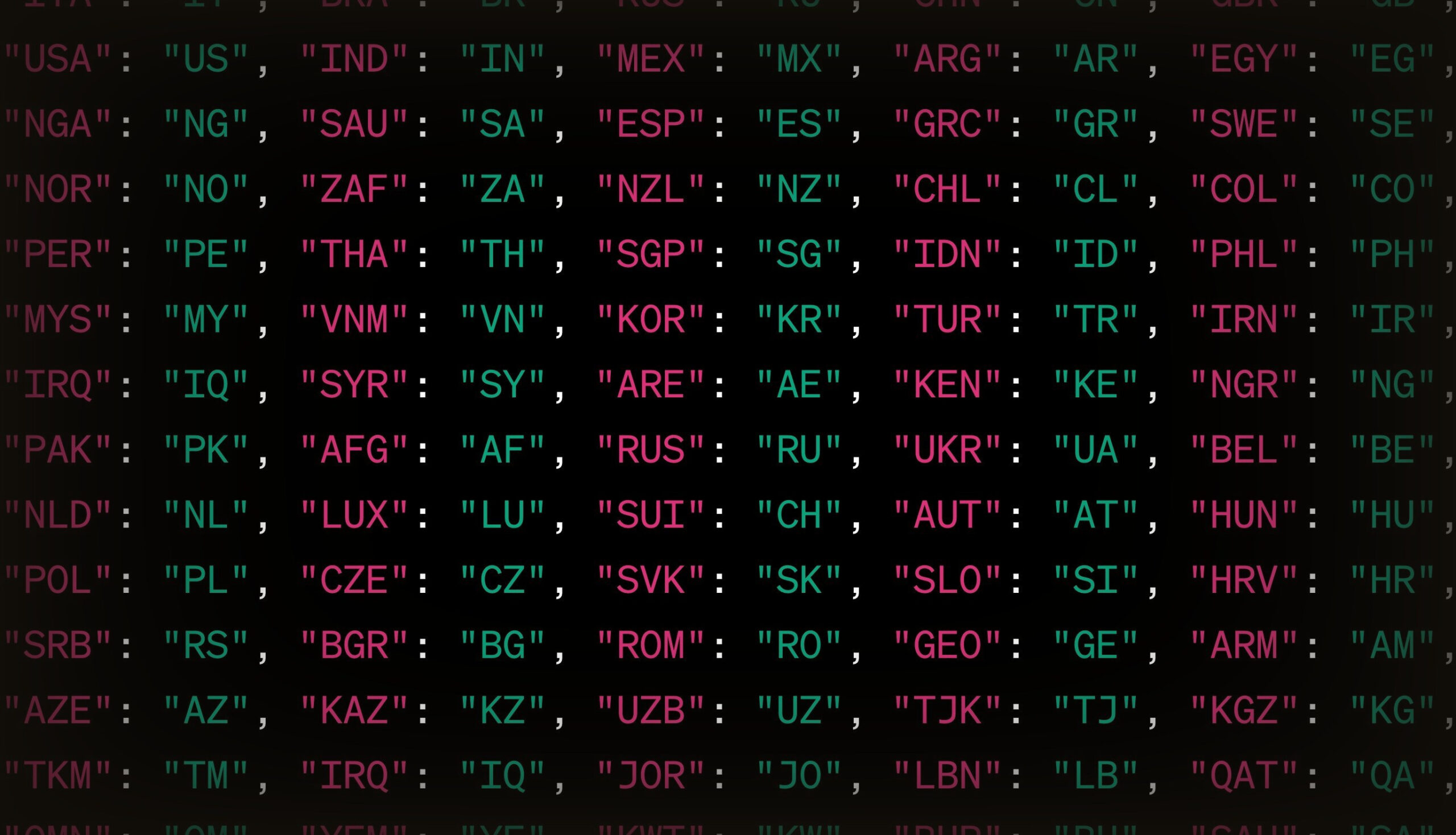Tony Click
VP, Enterprise Services
Tony brings more than 30 years of experience delivering both enterprise solutions and commercial software products for industries, including pharma, financial services, publishing, marketing, utilities, and construction. Having founded seven businesses, served in C-level roles with several others, and performed technical and financial due-diligence for countless more, he has deep experience with startups and high-growth companies.
At About Objects, Tony’s role is crucial in overseeing delivery and execution. His broad expertise and leadership skills ensure that projects are not only delivered with high quality but also align with the strategic goals of the company and its clients.




